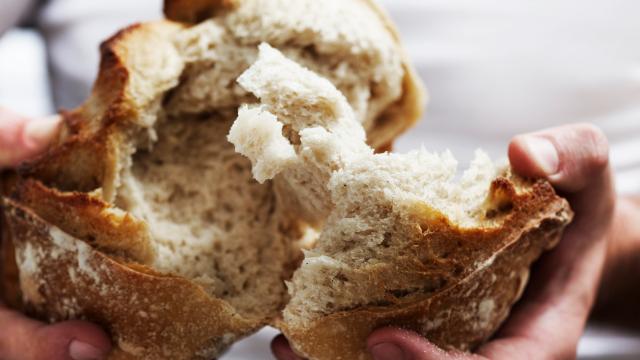Our beloved J. Kenji López-Alt is back with a fresh take on the bread recipe that took over our kitchens in 2006. The no-knead bread recipe, as López-Alt recalls, exploded into the culinary scene when Jim Lahey and Mark Bittman shared their creation with the world by way of a New York Times piece.
This week, López-Alt – also a New York Times writer – has revisited the recipe and shared a new take on the original.
How to make no-knead bread
What you’ll need:
- In essence, the recipe calls for flour, water, salt, yeast and white vinegar (or lemon juice)
- Specific measurements for the recipe can be found here.
Directions:
- The original recipe asks that you mix the ingredients in a bowl until they all come together. From here, you’ll need to cover the bowl and let it rest overnight. When you return to the dough, shape it into a loaf before proofing it. Pop your dough into a Dutch oven (this is normally preferred because it leads to a superior crust), whack on the lid and bake away.
- López-Alt’s take is similar but replaces the Dutch oven with a baking sheet and an inverted metal bowl. You rest the dough on the sheet, splash some water into the metal bowl and place it over the dough, onto the sheet. You then place the dough and its bowl-sheet house into the oven. According to the chef, this makes the whole process much more streamlined.
- It’s suggested that you bake this baby for 25 minutes at about 230 degrees Celsius.
If you’d like to check out the full recipe, you can find it here. And if you’d prefer the original no-knead recipe, that version is available for you here.
Oh, and if you’d like to add some extra flavour to your no-knead bread recipe – toss some leftovers in there.
Have you given no-knead bread a shot before? Let us know how you found it in the comments below.

Leave a Reply
You must be logged in to post a comment.